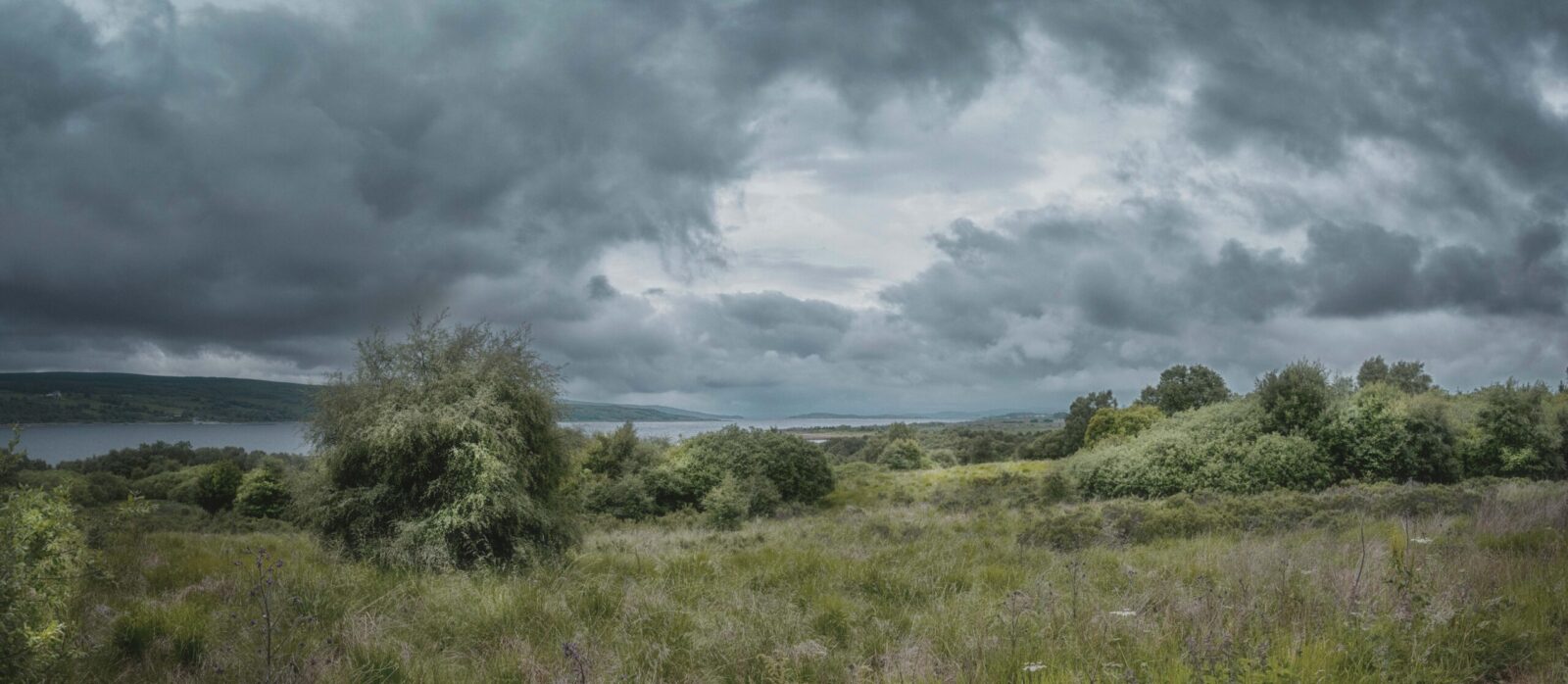One agenda on my bucket list was to visit East Bergholt, the birthplace of John Constable, the famous English landscape painter. The idea was to sit in the same place as the great man had and photograph the same scenes he depicted in his paintings.
A nice idea; however, time and tide, over 250 years, altered the topography so much, as to make the locations of his paintings impossible to pinpoint. Either that or Constable used so much artistic licence that the scene was no more than an image in his mind’s eye. ¹
The only exception to this statement was the location of his painting ‘The Hay Wain’.
The house in this painting was home to Willy Lott, the tenant farmer, who leased the farm from Constable’s father, a wealthy grain merchant.
All the original trees in Constable’s painting are no longer there; the new growth of trees now hide the water meadow shown in the background of ‘The Hay Wain’, although the water meadow is still there.
The broad shape of the watercourse is still there albeit terribly overgrown. The scene is still picturesque, but not a patch on Constable’s time.
¹From the kahn institute.
‘And so it is a fiction that Constable is giving us. This may appear to be a snapshot of a view on the river but this is actually something very carefully composed in the artist’s studio in the city of London. – from oil sketches that the artist had done outside, it’s a distillation of his memory, of his experience, and of his skill.’

Willy Lott’s cottage, as it is now, made famous by the artist’s depiction in The Hay Wain. The cottage features in many of Constables works.
The following are a series of shots taken in and around Flatford Mill.













And some of the surrounding villages.













